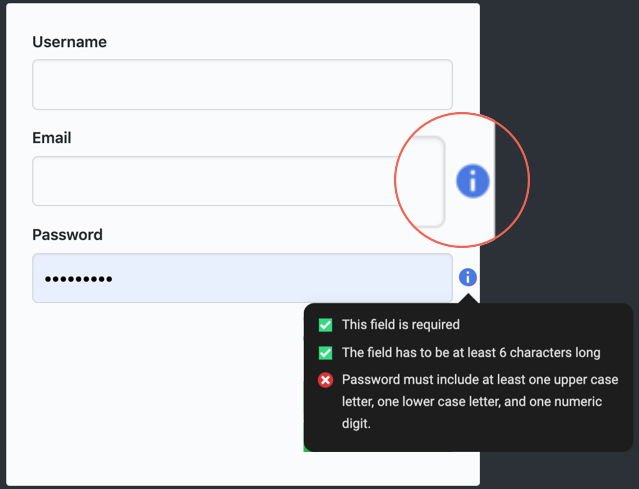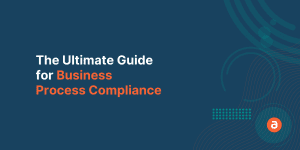In this day and age, enterprises produce tons of data daily. With new applications being bought every day to solve business problems, the number of data points has increased drastically. As a result, companies are challenged with maintaining clean data.
On average, big organizations lose $15 million because of poor quality data, according to a Gartner report.*
This cost will increase as the number of data increases. Organizations with a remote workforce have a higher chance of poor data quality and have to deal with the severe financial impact, looming on them.
Unclean data, if analyzed, could lead to wrong business decisions. To counter this, businesses are heavily investing in data cleaning software to get usable data.
Data cleaning software rarely helps as it only provides a reactive approach to this problem and doesn’t deal with the source of poor data. The only way to counter this is by ensuring accurate and consistent data right from its points of origin.
What is Data Quality?
Data quality signifies the state of data that is measured using factors such as accuracy, consistency, integrity, and usability.
A proper data set serves its purpose when organizations can trust the quality of data and use it to make major business decisions.
Why Data Quality is Important?
Quality data helps businesses measure business activities, set goals, and establish benchmarks based on facts and statistics to deliver better results.
Leaders realize the importance of ensuring good data quality and the financial and structural impact that poor data can cause.

Analysis of accurate data reveals trends in your business’ growth well in advance. It helps each department in various ways to make the right decisions. There are numerous scenarios where data plays a crucial role in your organization.
What are the Benefits of Improved Data Quality?
Poor data can cost an organization its integrity. Having good quality data helps in the following ways:
- Improve data compliance
- Minimize data errors
- Increase confidence in analytics system
- Enhance customer satisfaction
- Boost brand reputation
- Improve the quality of decision making
The main goal of any application or process is to capture accurate data and if it fails to do so, the entire business could go for a toss.
How do Digital Adoption Platforms Help Enterprises Improve Data Quality?
Organizations are heavily investing in Data cleaning software to solve issues that come with poor data quality. Although it can help temporarily, it addresses the issue the right way.
Rather than fixing data quality after obtaining it, leaders must focus on collecting accurate data directly from the source. It is a proactive approach that can attack the root cause and eliminate the problem. Business leaders around the globe have to take this approach to solve data inaccuracy and inconsistency before it’s too late.

Bad data, if not detected at its source it has the potential to mess with other data that rely on it and paint an incorrect picture of the business. To understand the impact of poor data, let’s consider that Joe is a Sales Development Representative who received lead details from the marketing team.
He knows that sometimes the data received is inconsistent but without bothering the Marketing department, he continued his job as he was able to tweak those data. This created dummy data and even if he tweaked the data correctly, the other Sales Representatives are still unaware of the flaw which could impact the overall journey of their customers.
Further, the information then passed on to the account executive and customer success team would be inaccurate which always opens a window of error. To solve this problem at the source, you need to inform the marketing team about the data entry issue and there must also be a system in place to detect these errors when the data is entered.
Digital Adoption Platforms help receives accurate data and eliminates poor data quality as it only accepts data in the format that is pre-specified by the admins.
DAPs guide users at each step to help them accomplish tasks. When they have to fill any particular field, it helps them understand the correct format in which they have to enter it and excludes the possibility of poor data. This is achieved by a DAP tool’s Data Validation feature.
What is Data Validation?
Data validation is the process of ensuring that the data entered by users are accurate and consistent with the required specifications so that they are both correct and useful.
A variety of rules can be enforced using a DAP’s validation feature. These rules include entering the right length, ensuring that the field is not left blank, or other specifications to align to the business norms.
You can also use a custom regular expression or javascript to customize any rules that fit the need of your organization. The possibilities are endless.
Once data validation is in place and running and if employees enter the data incorrectly, the tool nudges them with a warning message and helps them rectify their mistake as shown in the image below.

Best Practices for Validations
By now, you must have a good understanding of how data validators function but it is necessary to use it to its fullest potential for maximum benefit.
The following best practices can help you make the best out of a data validator tool:
- Required Field: Select the required field option for mandatory fields to ensure that the employees do not leave that field empty.
- Length Limit: This will help you get data in the desired length and eliminate the chances of error. The length limit can help with information like phone numbers, PIN codes, email addresses, etc., where you can specify the length for each field.
- Regular Expression: This constraint helps you check the format or accuracy of the input data with the help of regular expressions.
- Customized Format: This option lets you define a specific validation rule to check the format of user input.
All the employees at an organization must take responsibility for ensuring data integrity. Verifying the format and length of data right at the source of input is a simple but efficient way to ensure data integrity. With tools like Digital Adoption Platforms, this process is even more simplified and could save your business in the long run.
*Source: Gartner













